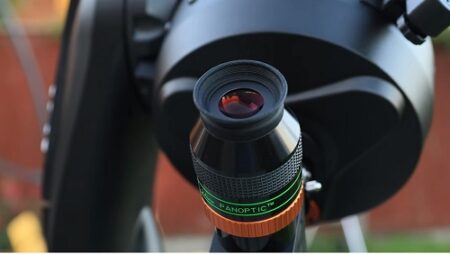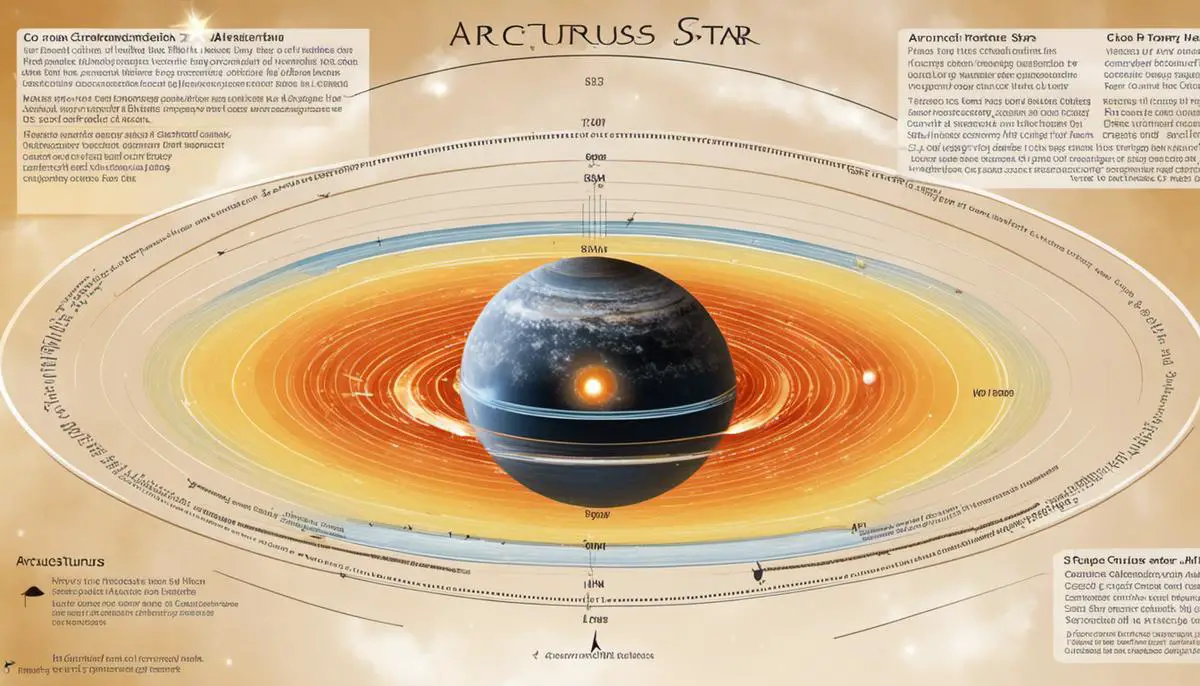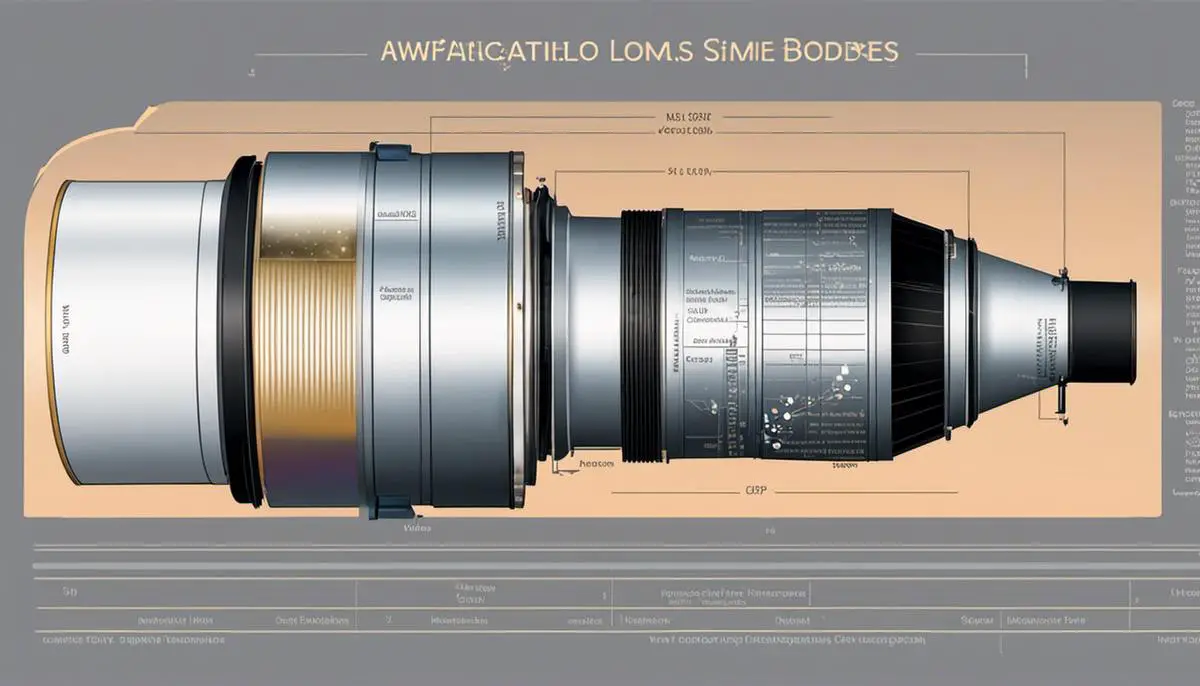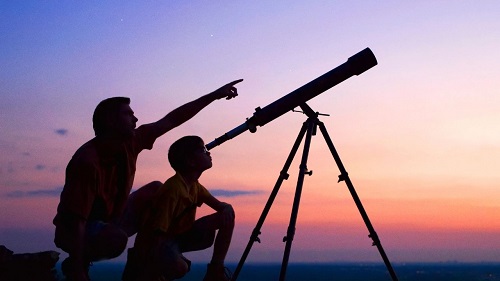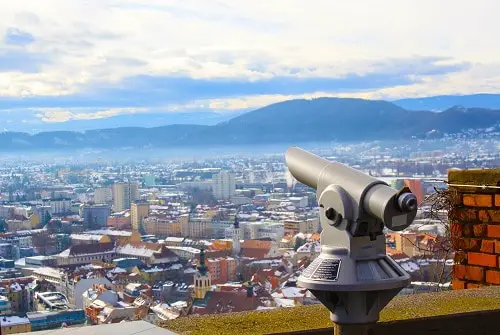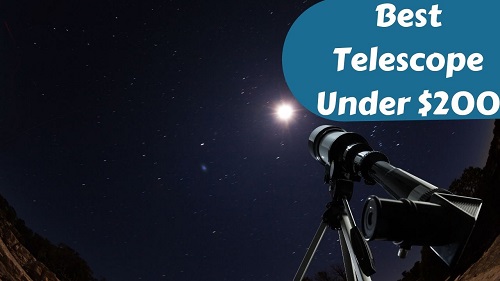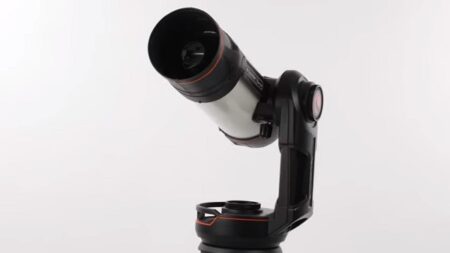Looking at the planets through a telescope can give you a different experience altogether. It is always fascinating to look at the planets and the Moon, which are far away from us. So, people love investing their money in telescopes to get a glimpse of outer space.
If you want a good telescope for your kid or if you are a beginner, then go for a 50mm telescope first. A 50mm telescope can be a great investment for beginners and kids.
There are few 50mm telescopes that work well in giving you a decent image of the planets. If you are planning to purchase a 50mm telescope, then this guide is for you. Here, we will dive into the topic of what can you see with a 50mm telescope. So, let’s get started.
| Object | Details |
|---|---|
| Moon | Observe lunar craters, mountains, and maria with intricate details and surface features. |
| Planets | Observe the bright planets such as Jupiter, Saturn, Mars, Venus, and their major moons. |
| Star Clusters | Discover open star clusters like the Pleiades, which appear as beautiful groups of stars. |
| Nebulae | Observe some brighter nebulae, such as the Orion Nebula, revealing clouds of gas and dust. |
| Galaxies | Catch glimpses of brighter galaxies like the Andromeda Galaxy, revealing their spiral arms. |
| Double Stars | Split binary stars into their individual components, observing two stars in close proximity. |
| Meteor Showers | Witness meteor showers, such as the Perseids or Geminids, where multiple meteors streak across the sky. |
| Terrestrial Observations | Observe landscapes, wildlife, and distant objects on Earth, providing a unique perspective. |
| Astronomy Education | Learn the basics of astronomy, constellations, and celestial navigation with hands-on experience. |
| Astrophotography | Capture stunning images of the Moon, planets, and bright celestial objects with a camera setup. |
What Does ‘50mm’ Mean?
The focal length of the lens is measured in millimeters – ‘mm’. When you look through a 50mm telescope, the distance of the scope’s lens from the image formed is 50 millimeters, which is around 2-inches in diameter.
A lens that has a short focal length will produce a small image with a wide-angle view. On the other hand, lenses with long focal lengths can produce enlarged images.
A basic 50mm lens aperture is f/1.8, which is best for clicking pictures at low light conditions or night because a 50mm lens can let in a good amount of light. The aperture range for a 50mm lense can reach up to f/2.2 maximum.
Who Are These Telescopes Good For?
A 50mm telescope is an entry-level telescope, which is quite low in cost. It is recommended for children or beginners who want to start their astronomy journey. Some 50mm telescopes are also categorized as toys. This telescope is affordable, so anyone who has a tight budget can purchase it.
It is not for experts or those who want a high-quality image of the solar system. A 50mm telescope is best for kids aged around 5-13 years.
Pros of 50mm Telescope:
- Best for beginners and children.
- Easy to use.
- Quite affordable.
- Sharp and fast.
- Gathers more light.
- Provides good images in low light conditions.
- Lightweight and small.
- Wide view of the image.
Cons of 50mm Telescope:
- Provides low-quality images if the object is too far.
- Cannot zoom in or out.
What Can You Expect to See with Them?
We know that through a telescope we can be able to see countless celestial objects, planets, star clusters, etc. But it is not possible to see all the planets with every telescope.
Depending on the focal length and eyepieces of the scope, you will get to know what can you see with a telescope. Since this is a 50mm telescope, you will get to see a limited number of planets.
With this scope, you can see Mercury, distinguishable phases of Venus, a decent image of Moon, and its major craters, Jupiter and its primary moons, Mars, and Saturn without rings. You might get to see the rings of Saturn if you use a high-powered eyepiece.
Other than these planets, some distant stars and double stars, bright terrestrial objects, nebulae, and more can be seen with a 50mm telescope.
What Are the Best 50mm Telescopes in the Range?
There are some great 50 mm telescopes, we have reviewed two of them below.
NATIONAL GEOGRAPHIC 50MM Telescope


If you are looking for a lightweight telescope for your kids or grandkids, then the national geographic telescope 50mm is the one you should go for. With the help of this efficient and highly portable telescope, they can get to see a decent view of the planets in our solar system.
This telescope allows you to explore celestial and terrestrial objects easily and quite fast. With the air-spaced achromatic refractor telescope, you get a 50mm optical glass aperture, with which you can view some of the brighter objects of the sky or the lunar terrain intricates.
There are two premium 1.25-inch Plössl eyepieces (9.7mm and 25mm) included with the telescope that provides you with 62X and 23X magnifications. These two interchangeable eyepieces work with the 600mm focal length of the scope to provide you a better quality image.
The large and easy to use handle mounted in the telescope makes controlling the telescope easier and allows it to move up and down or side to side smoothly. Also, there is a fully-adjustable and sturdy tripod with the telescope that makes it stable when viewing objects in the sky.
The tripod also comes with an accessory tray that can hold an extra eye-piece. The weight of the telescope is only 5-pounds, so you can carry it easily to your backyard or anywhere to show your kids the bright celestial objects.
Moreover, there is a fully adjustable red dot LED viewfinder and downloadable astronomy software included with the telescope, which helps in locating the objects. This telescope is recommended for 7-15 years old children. You can create a positive bond with your children by exploring the sky together with them.
Meade Instruments Infinity 50mm Altazimuth Refractor Telescope
Discover the celestial and astronomical objects with the Meade 50mm telescope, which is a great instrument for beginners. It is an excellent and ideal telescope for introducing newcomers to astronomy. The 2-inch aperture of the scope gives a bright and sharp image of the terrestrial objects, lunar craters, and other planets.
It is the first non-computerized and entry-level refractor telescope from Meade for newcomers. It has a 600 mm focal length, 2-inch aperture, and f/12 focal ratio that gives you a good view of the night sky.
The telescope comes with an Altazimuth mount, which makes it quite simple to point and look with the telescope. It has a sturdy and attractive-looking body, and you can easily track the stars and bright objects with it as the telescope features dual slow-motion controlling knobs.
With the three included low (20mm), medium (12mm), and high (4mm) magnifying eyepieces, you will be able to get a variety of viewing experiences. To double the magnifying power of each of these eyepieces, a 2X Barlow lens is included with the telescope.
You can easily point your telescope at the outer objects that you want to observe with the help of the 5X24 optical viewfinder. There is a height-adjustable full-size tripod with tubular legs that comes with the telescope.
Plus, there is an accessory tray with the tripod that makes it convenient to store necessary accessories on it while observing the sky. It also includes an instructional DVD and astronomical software that makes charting the night sky easier.
With this telescope, you can see the details of the Moon, view the countless star cluster and double stars, see the separation of Jupiter’s cloud belts and its primary Moons. It weighs only 2.86 pounds, which is quite lightweight and makes it portable.
Besides the above features, it also comes with a 1-year warranty, making it the best Meade telescope on the market.
Related Questions
Q1: What can I see with a 50mm telescope?
With a 50mm telescope, you can observe various celestial objects such as the Moon, planets like Jupiter and Saturn, star clusters, nebulae, galaxies, double stars, and even meteor showers. Additionally, you can use it for terrestrial observations.
Q2: Can I see the details on the Moon with a 50mm telescope?
Yes, a 50mm telescope can provide you with clear views of the Moon, allowing you to see its craters, mountains, maria (dark plains), and other surface features in impressive detail.
Q3: What planets can I see with a 50mm telescope?
You can observe the bright planets in our solar system, including Jupiter, Saturn, Mars, Venus, and their major moons. While the level of detail may vary, you can still see features like Jupiter’s cloud bands and Saturn’s rings.
Q4: Can I see galaxies with a 50mm telescope?
Yes, you can catch glimpses of brighter galaxies like the Andromeda Galaxy (M31) with a 50mm telescope. While they may appear as faint fuzzy patches, it can still provide a sense of the structure and presence of these distant celestial objects.
Q5: Can I take pictures with a 50mm telescope?
Yes, you can capture images through a 50mm telescope using a camera setup. This process, known as astrophotography, allows you to photograph the Moon, planets, and bright celestial objects. However, for more detailed and deep-sky photography, larger aperture telescopes are usually recommended.
Q6: Can I use a 50mm telescope for terrestrial observations?
Yes, a 50mm telescope can be used for terrestrial observations as well. It can provide a unique perspective for observing landscapes, wildlife, distant objects, and other terrestrial subjects.
Q7: Can I see deep-sky objects like nebulae and star clusters with a 50mm telescope?
Yes, a 50mm telescope can reveal some brighter nebulae and star clusters. You can observe objects like the Orion Nebula and open star clusters like the Pleiades, which appear as beautiful groups of stars.
Q8: What are the limitations of a 50mm telescope?
While a 50mm telescope can provide enjoyable views of various celestial objects, its smaller aperture limits the amount of light it can gather, resulting in reduced visibility of fainter and more distant objects compared to larger telescopes.
Q9: Is a 50mm telescope suitable for beginners?
Yes, a 50mm telescope is often recommended for beginners due to its simplicity, affordability, and versatility. It provides an excellent introduction to astronomy and allows enthusiasts to explore a wide range of celestial objects.
Q10: Can I observe meteor showers with a 50mm telescope?
Yes, you can observe meteor showers with a 50mm telescope. Meteor showers, such as the Perseids or Geminids, involve multiple meteors streaking across the sky, and a telescope can enhance the experience by providing a closer look at individual meteors.
Wrapping It Up
The travel-friendly and lightweight 50mm telescopes can be a great investment for your kids. They have a strong built and come with excellent eyepieces to give you an even better viewing experience.
The two 50mm telescopes above are the best ones right now. If I have to recommend one among them, then it will be the Meade 50mm telescope as it provides the best view of the Moon and the other planets. I hope by reading this article, you got an idea about what can you see with a 50mm telescope
- What can you see with a 70mm Telescope?
- what can you see with a 90mm telescope?
- What Can You See with a 100mm Telescope?
Hi, Daniel Here! When I’m not busy working at my own startup, you may find me roaming around the Univers and whats beyond our sky, telescope is a must.




